Master the art of wood cutting with our comprehensive guide. From circular saws to track saws, learn essential tips for precise and efficient cuts in your DIY projects.

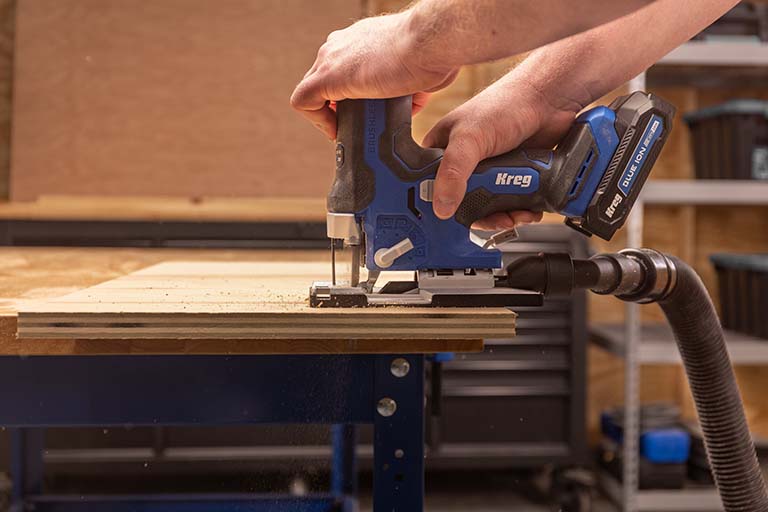
What Is a Jigsaw Used For?
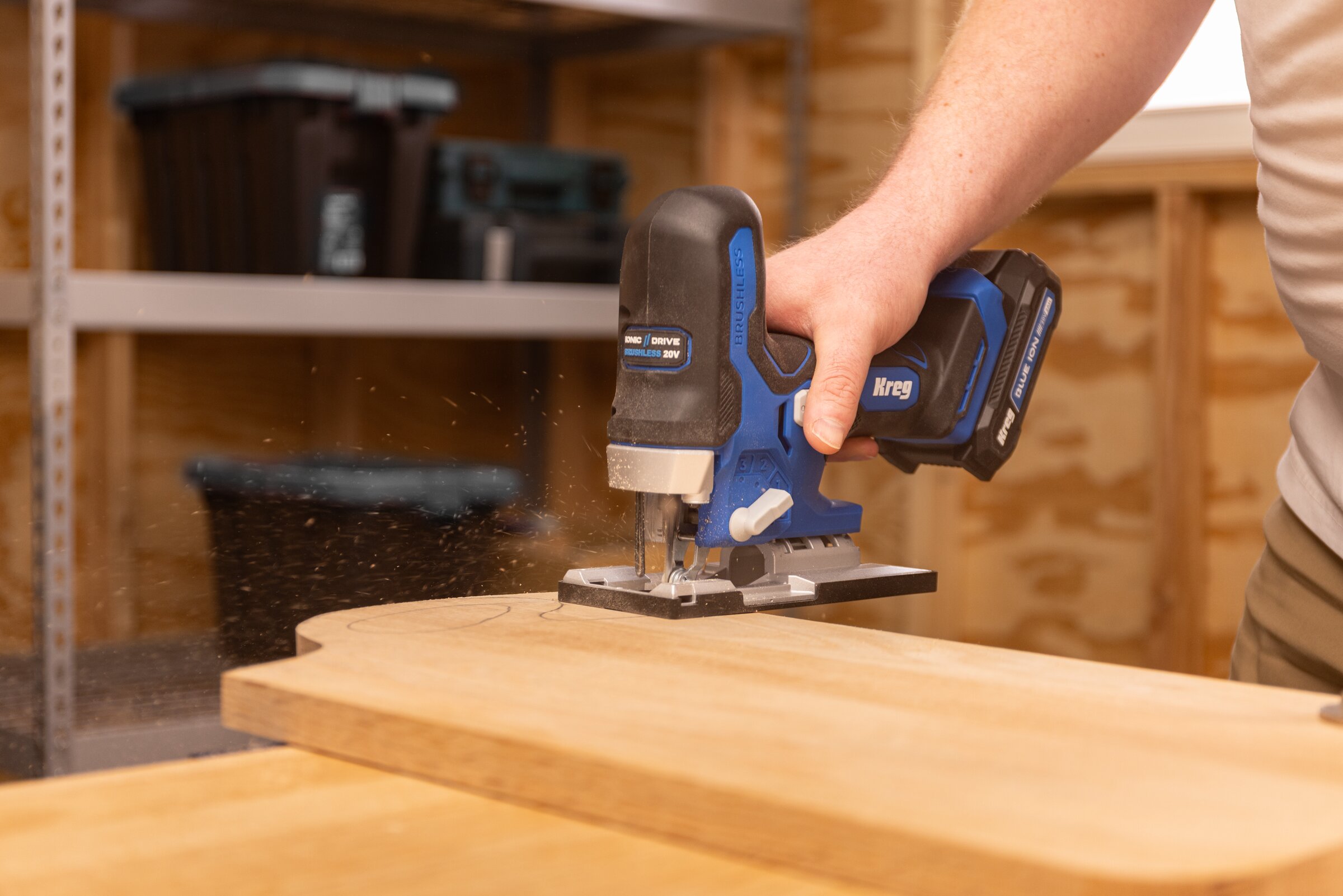
How to Use a Jigsaw: Complete Beginner’s Guide [2025]
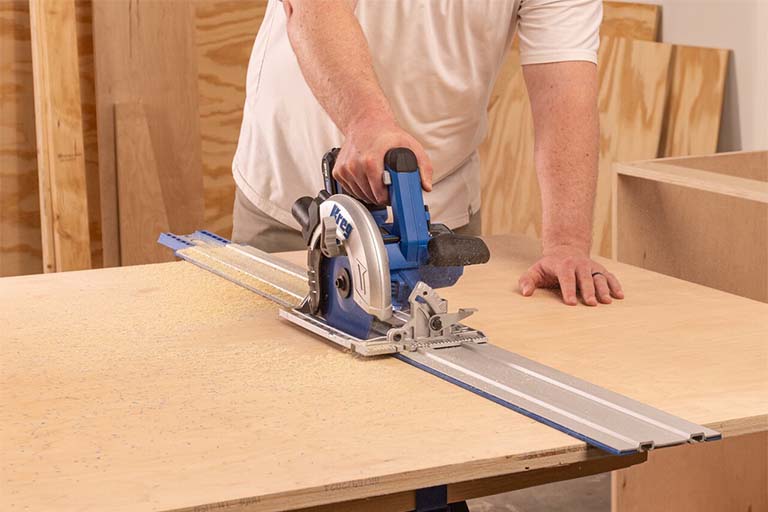
How to Choose a Circular Saw Guide

Cabinet-Making Video Series – Building a DIY Storage Unit with Drawers, Doors & Shelves

Tips For Building Outdoor Furniture
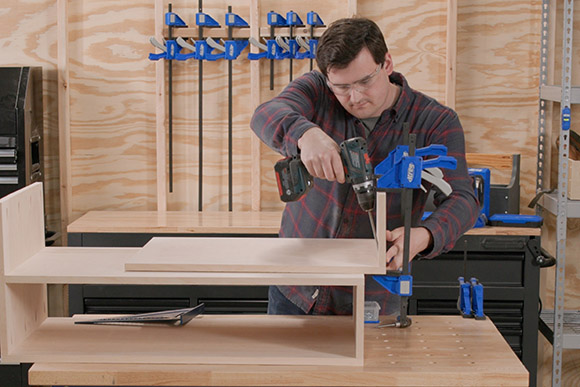
The Plywood Primer: Beginner’s Guide to Building with Plywood
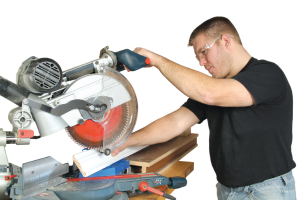
Videos: Crown-Pro™ Tool Tips
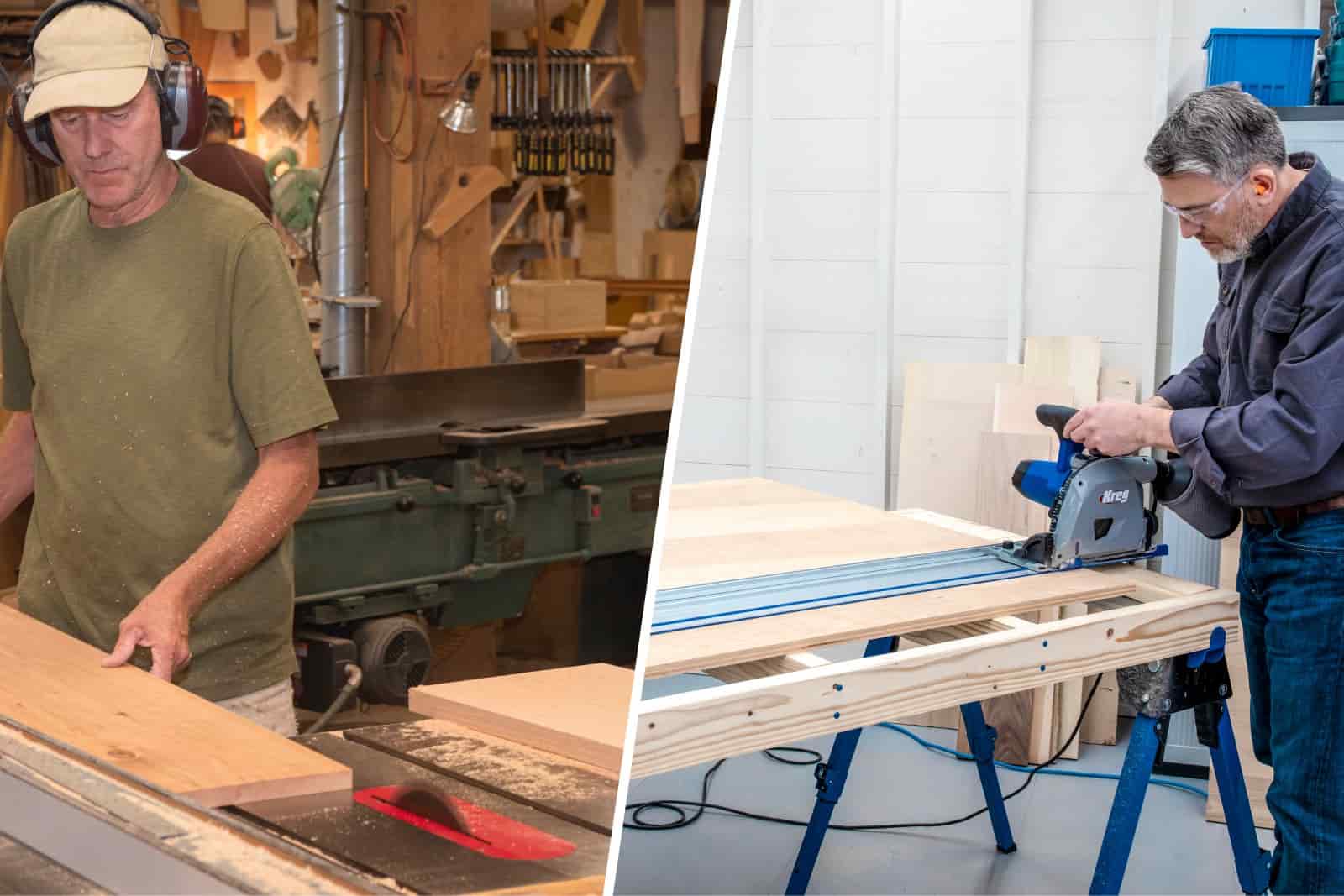
Track Saw vs Table Saw – Which Is Best For You?

How to Use a Circular Saw – A Step-By-Step Guide
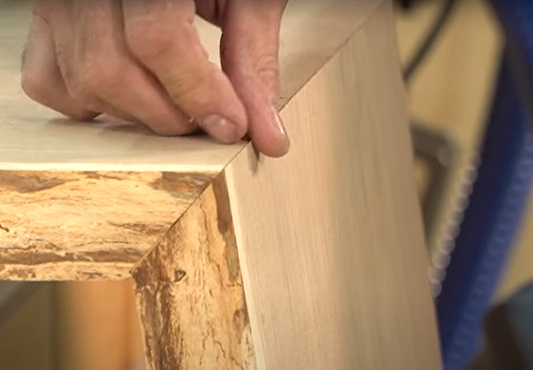
How To Cut A Waterfall Edge With A Track Saw

7 Ways a Track Saw Will Change Your Cutting Game
Cutting Wood for Woodworking Projects
Woodworking is an intricate craft that demands precision at every stage, and cutting wood is at its core. Whether you’re a seasoned woodworker or just starting, mastering the art of cutting is essential for successful projects.
Understanding Wood Cutting Basics
Overview of Different Cutting Tools
Wood cutting tools come in various forms, each designed for specific tasks. From the powerhouse circular saws to the versatile jigsaws, understanding the purpose of each tool is the first step in becoming a proficient woodcutter.
Circular Saws
Circular saws are the workhorse of woodworking, ideal for straight cuts in various materials. They come in both corded and cordless options, making them versatile for different project settings.
Table Saws
A stationary power tool, table saws excel at making straight and precise cuts. They are essential for rip cuts and are equipped with features like rip fences for accuracy.
Perfect for intricate cuts and curves, jigsaws offer maneuverability and flexibility. Their oscillating blades make them invaluable for detailed work.
Miter Saws
Miter saws specialize in angled cuts, making them essential for creating bevels, chamfers, and miters. They are particularly useful for tasks like framing and molding.
Hand Saws
Traditional hand saws offer a hands-on approach to cutting. From crosscut saws for rough cuts to fine-toothed dovetail saws for precision, hand saws are essential for various woodworking tasks.
Explanation of Key Components and Features
To navigate the world of cutting tools, understanding their key components is crucial. From blades to fences and safety features, each element plays a role in achieving precision and ensuring safety in your woodworking projects.
Blades
The heart of any cutting tool, blades come in various designs for specific purposes. Tooth count, tooth geometry, and material compatibility are factors that influence the quality of the cut.
Fences and Guides
Fences and guides assist in maintaining straight and accurate cuts. They provide a reference point for the wood and contribute to the overall precision of the cut.
Safety Features
Modern cutting tools are equipped with safety features to protect the user. This includes blade guards, riving knives, and anti-kickback mechanisms. Understanding and using these features is paramount for a safe woodworking experience.
Choosing the Right Cutting Tool for the Task
Selecting the right cutting tool depends on the specifics of your woodworking task. Factors such as the type of wood, the desired cut, and the level of precision required should all influence your choice of tool.
Consider the project at hand. Is it a large-scale construction task, intricate joinery, or detailed craftwork? Tailoring your choice of cutting tool to the unique demands of each project ensures efficient and precise results.
Essential Wood Cutting Techniques
Straight Cuts
Mastering the art of straight cuts is fundamental to woodworking. Whether you’re creating basic shapes or preparing lumber, achieving precision in straight cuts is a skill every woodworker should hone.
Tips for Maintaining Straight Lines
- Use a straight edge or guide to ensure a consistent line.
- Secure the workpiece properly to prevent shifting during the cut.
- Maintain a steady pace and let the tool do the work.
Common Mistakes to Avoid
- Ignoring proper securing techniques, leading to inaccurate cuts.
- Forgetting to mark the cut line clearly, resulting in misalignment.
- Neglecting to choose the right blade for the type of cut.
Angled Cuts
Angled cuts add depth and complexity to woodworking projects. From bevels to chamfers and miters, understanding how to set up your cutting tools for accurate angled cuts is crucial.
Instructions on Setting up Cutting Tools
- Adjust the bevel or miter gauge on the tool to the desired angle.
- Ensure that the workpiece is securely positioned for stability.
- Practice on scrap wood before making the actual cut.
Curved Cuts
Creating curves adds artistic flair to woodworking projects. Jigsaws and band saws are the go-to tools for achieving smooth and accurate curved cuts.
Tips for Creating Curved Cuts
- Use templates or stencils for consistent curves.
- Make relief cuts for tight turns.
- Practice control and maneuverability with the cutting tool.
Resawing and Ripping
Resawing involves cutting a board into thinner pieces, while ripping is cutting along the length of the grain. These techniques are essential for creating custom-sized lumber.
Guidance on Using the Appropriate Tools
- Choose a bandsaw for resawing tasks.
- Opt for a table saw with a rip fence for ripping tasks.
- Ensure that the blade is sharp and properly aligned.
Safety Tips and Best Practices
Emphasis on Safety Precautions
Woodworking safety should always be a top priority. Wearing appropriate safety gear, including eye protection and hearing protection, is non-negotiable.
Overview of Safety Features on Cutting Tools
- Understand and use blade guards to prevent accidental contact.
- Ensure the riving knife is correctly aligned to prevent kickback.
- Familiarize yourself with emergency stop features on power tools.
Tips for Securing Workpieces
Properly securing the workpiece is crucial for preventing kickback and ensuring accurate cuts.
Overview of Clamping Techniques and Tools
- Use clamps to secure the workpiece to a stable surface.
- Consider specialized clamps for securing irregularly shaped wood.
- Always double-check the stability of the workpiece before making a cut.
Maintaining Control During Cutting
Maintaining control over the cutting tool is essential for preventing accidents and achieving accurate results.
Tips for a Steady Hand and Proper Body Positioning
- Stand to the side of the cutting line for better visibility.
- Maintain a firm grip on the tool, and use both hands for stability.
- Position your body to maintain balance and control during the cut.
Common Mistakes to Avoid
Woodworking is a learning process, and avoiding common mistakes contributes to a smooth and accident-free experience.
Tips on How to Avoid Issues
- Avoid using dull blades, as they can lead to tear-out and splintering.
- Double-check measurements and cut lines before making the cut.
- Take the time to understand and use safety features on cutting tools.
